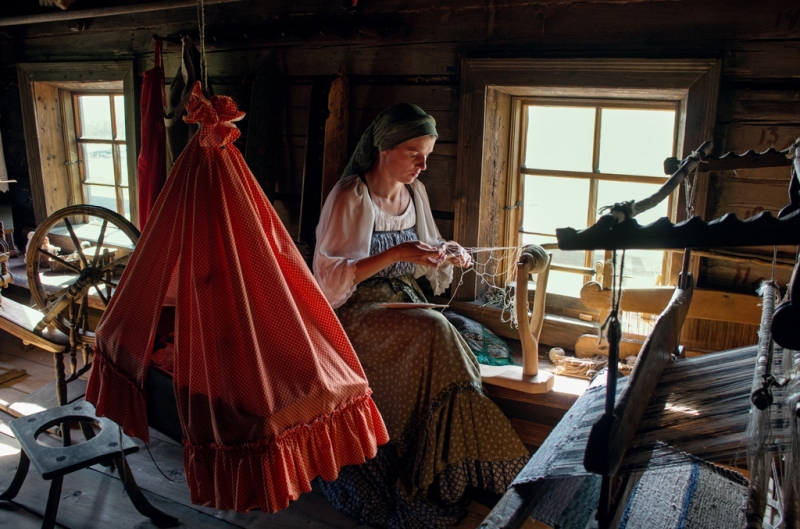
Only 630 thousand people live on 180 thousand square kilometers of the Republic of Karelia. For comparison, more than 7 million people live in the Moscow region, which occupies 44 thousand square kilometers. Meanwhile, the inhabitants of the republic managed to create their own culture with their own language and gods.
According to Karelian mythology, the world was created by the goddess Iltamar. Before that, she sailed for 700 years on the vast ocean. One day a duck flew to her and built a nest on her lap, into which she laid seven eggs. From these eggs the earth, sun, moon and stars emerged. Then Iltamar, without the help of a man, gave birth to a son, Väinämöinen: “The wind blew the maiden’s fruit, the sea gave her fullness,” says the Karelian folk song. Iltamar was pregnant for a long time and gave birth to a son at the age of 30. Väinämöinen became the first man, hero and prophetic rune singer and performed many miracles with the help of witchcraft.
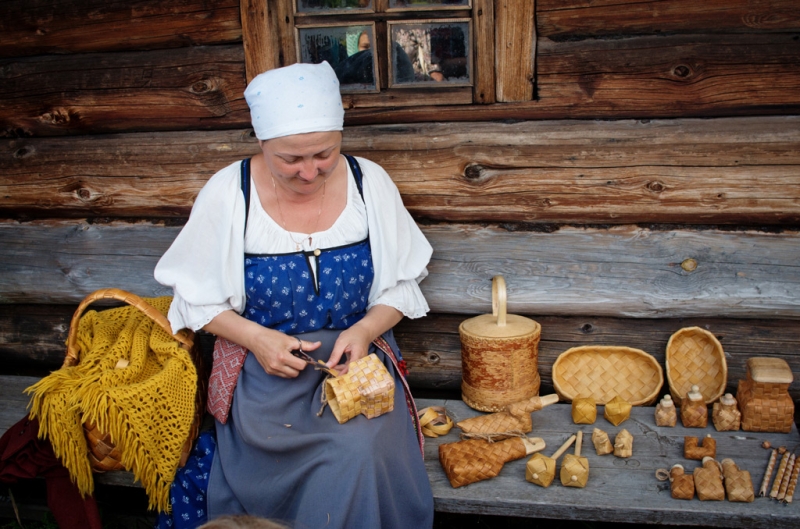
All the mythical heroes of the Karelians lived in their own country – Kalevala. Despite the fact that the Karelians and Finns, who worshiped the same gods, stopped believing in Iltamar and Väinämöinen, every year on February 28 they celebrate the Day of the folk epic Kalevala. On the day of the holiday, costume processions and theatrical performances are held in cities.
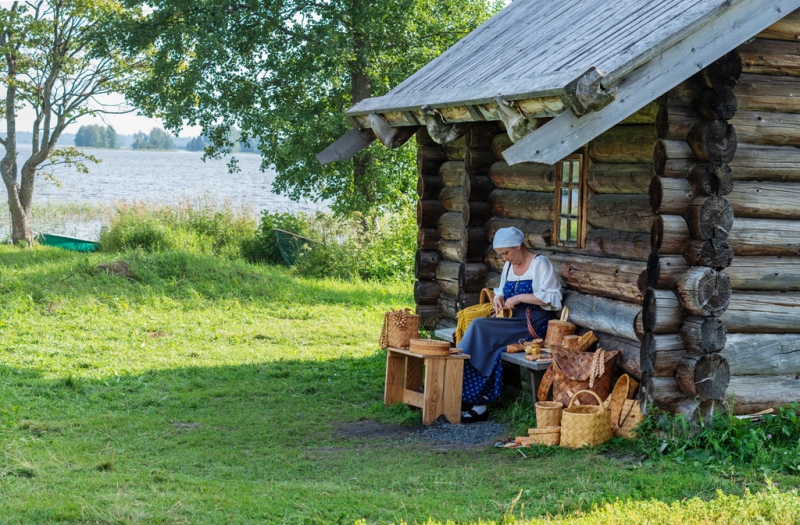
Karelia began to be settled already in the 7th-6th millennium BC. The ancient inhabitants of Karelia left behind many traces, many of which have not yet been studied by scientists. Meanwhile, in 1936, scientists discovered a mass grave on the South Oleny Island of Lake Onega, which dates back to the eighth millennium BC. Along with human remains, scientists found tools and arrowheads made of stone and jewelry made from animal teeth.
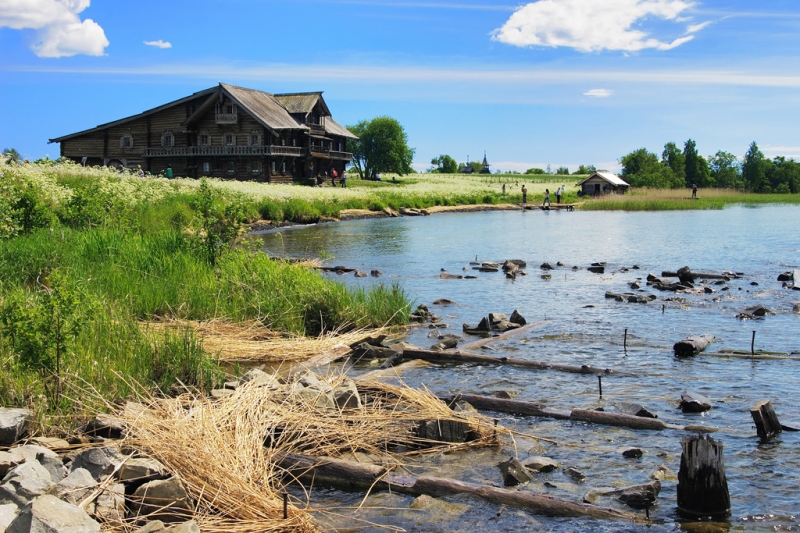
On the islands of the Vyg River you can see the White Sea petroglyphs – rock carvings dating back to the 4th-3rd millennia BC. On the eastern shore of Lake Onega, Onega petroglyphs are scattered, which were created, presumably, at the same time as the White Sea drawings.
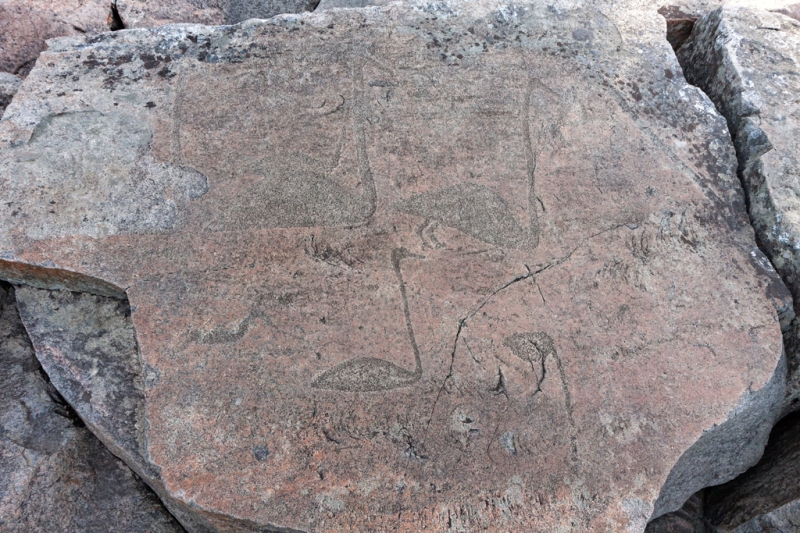
On the same Lake Onega there is a much younger and very popular Karelian monument among tourists. On the island of Kizhi there is an ensemble of two wooden churches and a bell tower, built in the 18th-19th centuries. According to legend, the Church of the Transfiguration of the Lord was built by the carpenter Nestor with one ax without nails. After finishing the work, he threw the ax into the lake so that no one could repeat his feat.
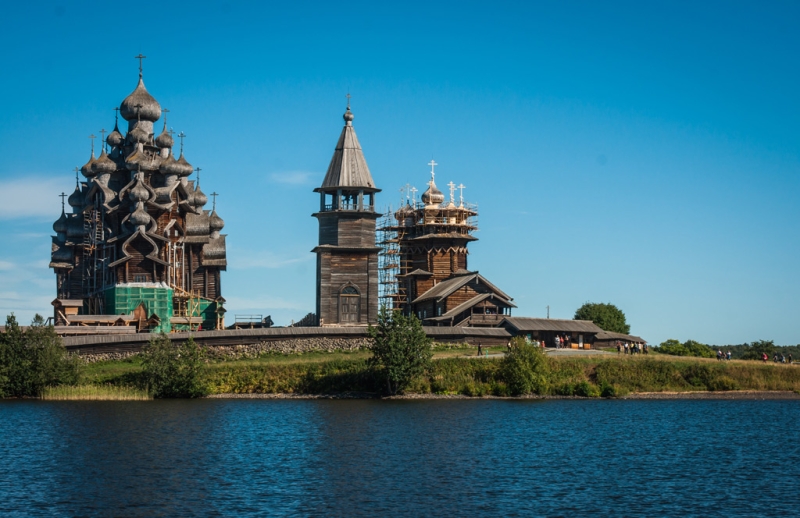
On the islands of the Valaam archipelago on Lake Ladoga there is the Valaam Transfiguration Monastery, which is visited by about 100 thousand pilgrims every year. According to legend, the monastery was built on the site of a stone cross, which was erected by the Apostle Andrew. According to another legend, in the 10th century, monks Sergius and German came to Valaam from certain eastern countries and founded a monastic brotherhood here. Now about 200 people live in the monastery. Hotels have been opened for pilgrims at the monastery, which can accommodate up to 200 tourists.
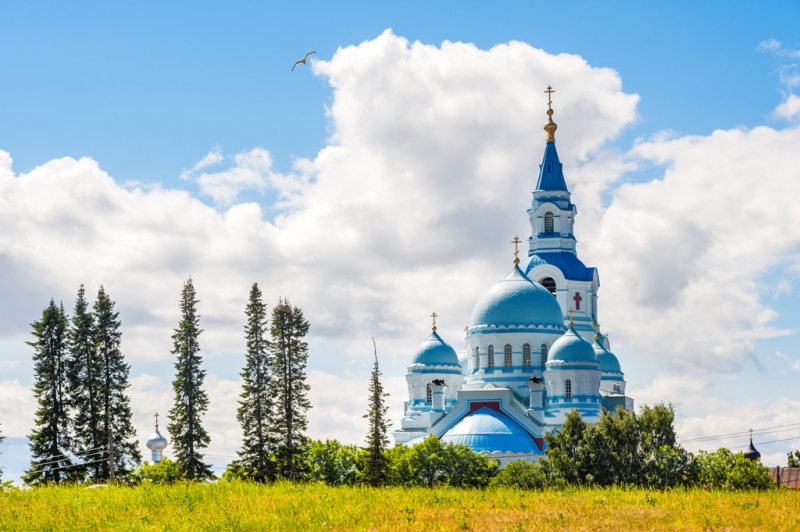
On the eastern shore of Lake Onega there is another famous monastery – the Murom Holy Assumption Monastery, founded, presumably, at the end of the 14th – beginning of the 15th century. The monastery was founded by Lazar of Murom, who in his spiritual testament called himself a native of Rome. On one of the Vodlozero islands in the Vodlozersky National Park stands the Ilyinsky Pogost – a monastery created in the 16th century by monks marching to Solovki. There is another version of the origin of the churchyard: supposedly the monastery appeared on the site of an ancient pagan sanctuary, where ancient tribes performed sacrifices.
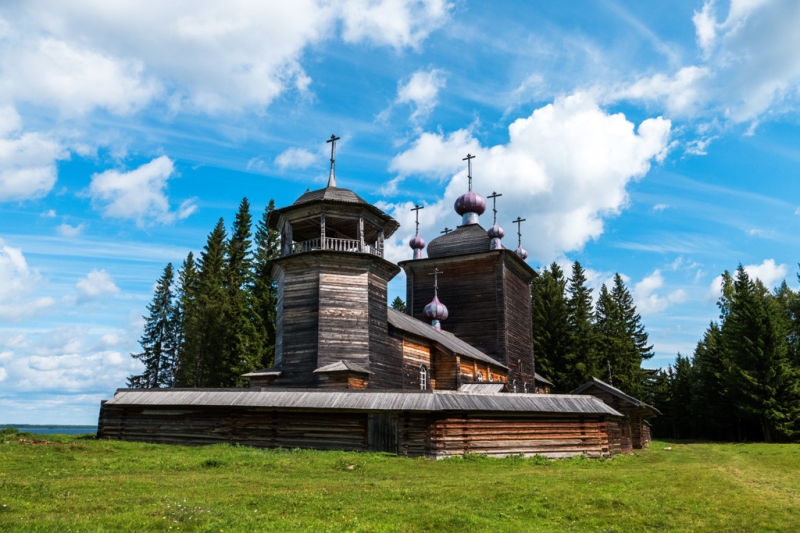
Another interesting Karelian attraction is located in the Olonets region. This is the village of Selga, the first mention of which dates back to the beginning of the 18th century. The village, famous for its old huts, has its own festival and its own museum. In the same area is the town of Olonets, which was first mentioned in the 13th century and where it is interesting to see old churches and chapels, including the Lutheran Church of Ingria, founded in the 17th century by the Finns. The Finns were settled here by the king of Sweden, who then still owned this land.
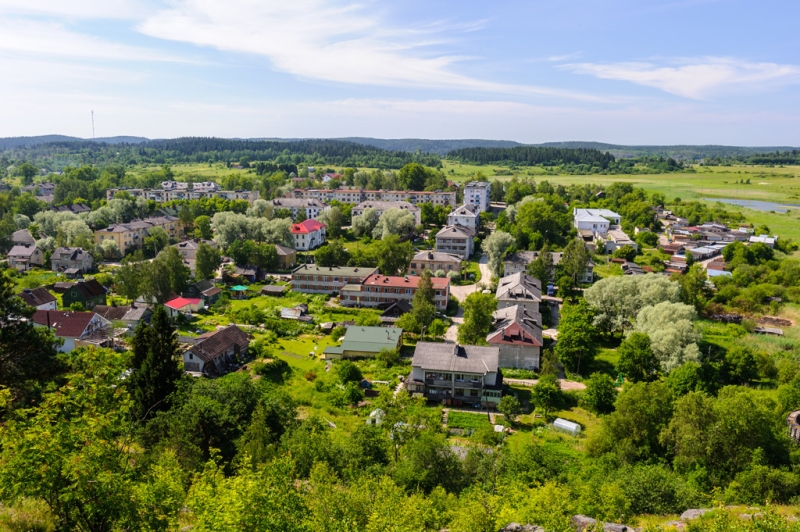
The capital of Karelia is Petrozavodsk. Settlements on the site of Petrozavodsk arose back in the seventh millennium BC, but the city was officially founded only in the 18th century, after the opening of the Alexander Cannon Foundry. There are three state and republican museums in Petrozavodsk: the Kizhi Museum-Reserve, the Museum of Fine Arts, located in the building of the former Olonets provincial male gymnasium, and the National Museum of Karelia. In addition to them, in Petrozavodsk you can also look into the private art gallery “Doll House”, the Museum of Precambrian Geology at the Institute of Geology of the Karelian Scientific Center of the Russian Academy of Sciences, the Museum of Industrial History of Petrozavodsk, the “Maritime Museum” and the Postal Museum.
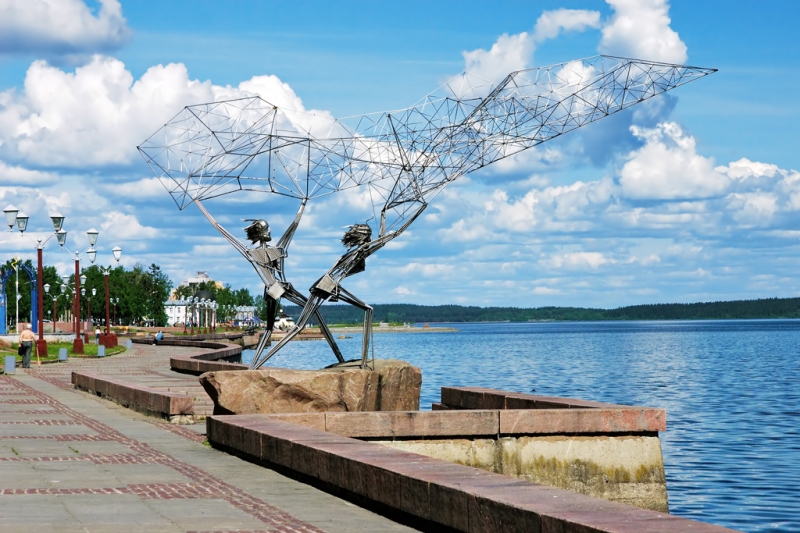
Karelia is popular among lovers of active recreation. You can kayak on the wild rivers Suojoki, Vama, Vodla, Okhta and Uksa. On boats and yachts you can ride around the Ladoga skerries, Lake Onega, lakes Sandal, Segozero, Kuytto and Keret. Travel companies organize short rafting trips of a few hours and long trips of 3-7 days. In the republic you can join jeep tours along dirt and forest roads. Tour participants stop in ancient Karelian villages, visiting old churches, waterfalls, rocks and lakes. The annual jeep competition “Karelia Trophy” is also organized here.
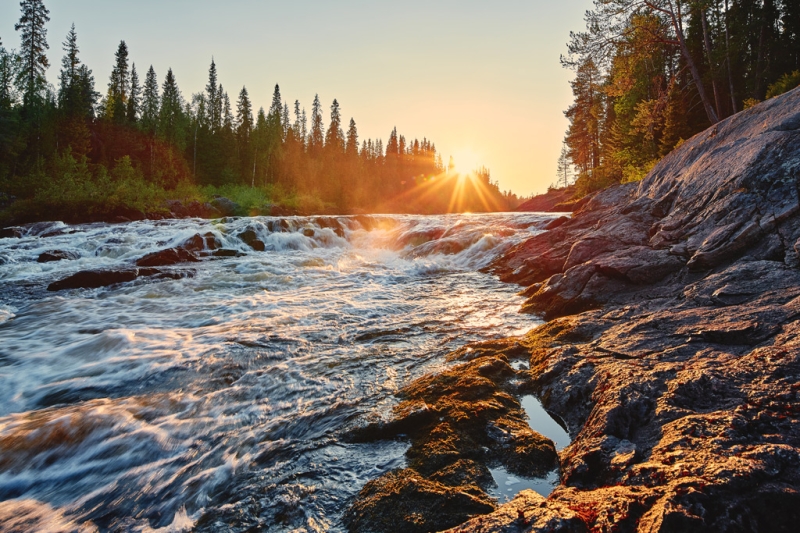
If you decide to have an active holiday in Karelia, then you need to register and receive safety instructions from the Karelian Republican Water Rescue Service. You can also register with district administrations and search and rescue teams of the rescue service, which are located in Kondopoga, Medvezhyegorsk, Kemi and Sortavala. It is advisable that while moving, the tour group contacts rescuers once a day and reports their location.

Karelia is a great place for hunting and fishing. In the republic you can hunt bear, elk, wild boar, beaver, marten, wood grouse and black grouse – but to hunt these animals you need a license. Hunting permits and licenses can be obtained from the regional divisions of the State Committee for Hunting of Karelia and from organizations with their own lands. Travel agencies also organize special tours with meals, accommodation in hunting lodges and accompanied by a ranger. Fishermen go to Syamozero and Lake Onega for pike and perch, and on the rivers and rapids of the central and northern regions of the region they catch salmon, grayling and whitefish.
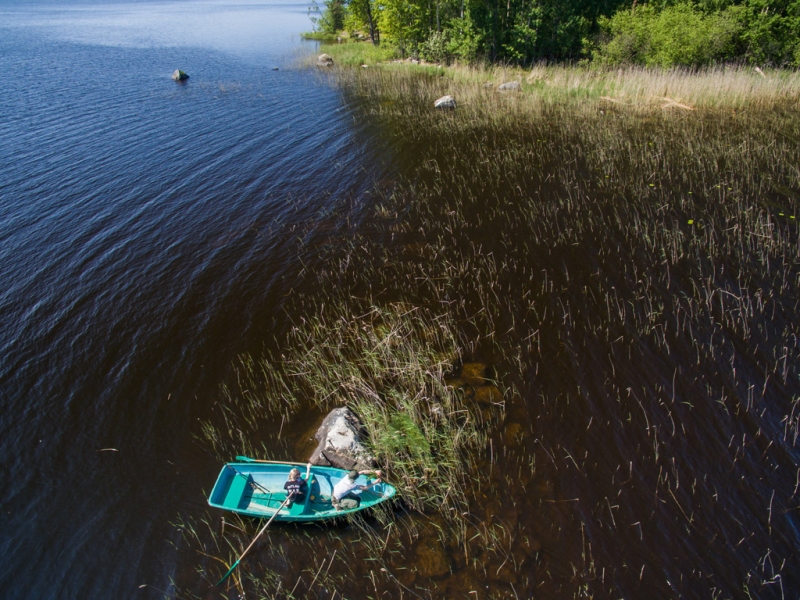
The international tourist route “Blue Road” passes through Karelia, which connects Norway, Sweden, Finland and Russia. The length of the route is more than two thousand kilometers, for the most part it runs along the banks of rivers and lakes. The path begins on the Atlantic coast of Norway in Mo i Rana and ends in Karelian Pudozh. If you decide to take the Blue Road, the most convenient way to travel is by car.
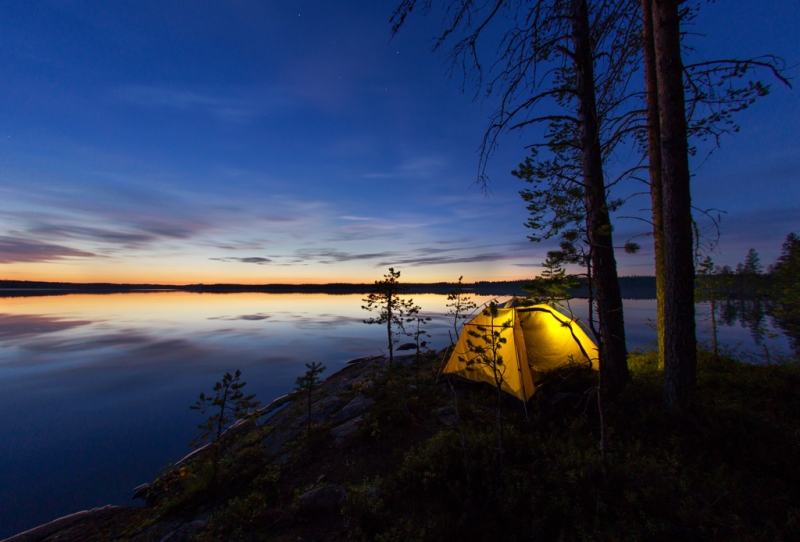
Petrozavodsk can be reached by train or by car along the Kola federal highway. An experienced driver can cross the whole of Karelia in 12-14 hours. Fans of active recreation often come to tourist camps, which are built here in large numbers, or put up tents. Prices for hotels and recreation centers range from 600 rubles per night at the Nigizhma motel on the shores of Lake Onega to 32,500 rubles at the Vitele villa with a private pool on Lake Ladoga. And regardless of the choice of sleeping place, you will not arrive from Karelia without boxes or watches made of Karelian birch, balls and beads made of shungite, tablecloths with Zaonezhsky embroidery and designer dolls and paintings by Karelian masters.
You can buy train tickets and book a hotel right now using our convenient mobile application.

